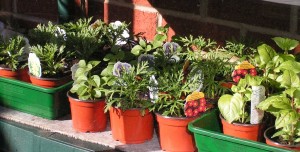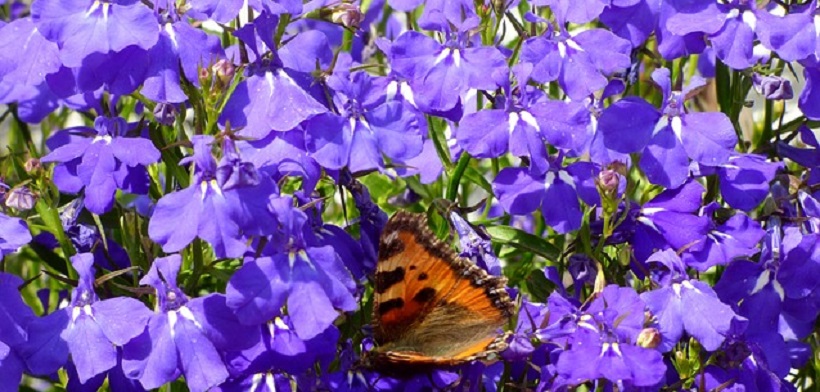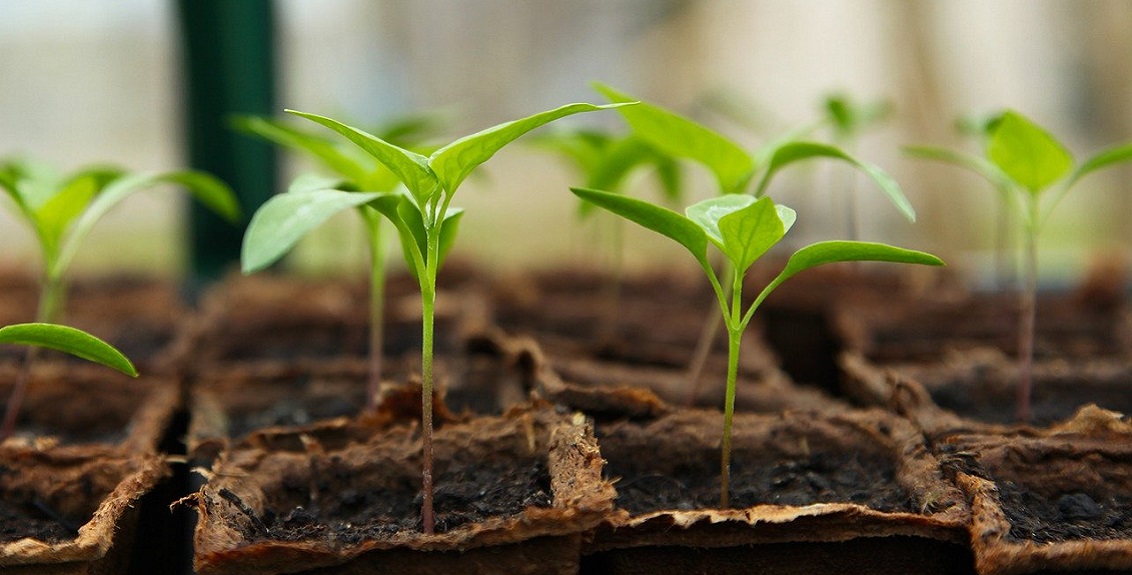Bedding Plants 1
Growing flowers from seed opens up the options for your garden. The steps in this video will help you successfully grow from seed and bring life and colour to your outdoor living space. Sow your bedding plant seeds during late winter and early spring for best results.
- Fill your seed tray with compost making sure to break up any lumps. Firm the compost down with the hand or a block of wood, don’t overdo the pressure as the roots of your seedlings will need to grow and cannot do this if the compost is too firm.
- After firming top up the compost again to three-quarters if required and firm again. Level the surface.
- It is best to water your compost in the seed tray before adding the seeds. This is because the flow of water will disturb your compost and of your seeds. Water the compost lightly and allow it to drain so as no puddles of water remain on the surface. You may need to level the compost again after watering.
- Spread your seeds evenly over the surface of the compost.
- If your seeds are very fine and dust-like (such as lobelia) then no more compost will be required. Otherwise spread a thin layer of compost over the seeds making sure that all are covered then firm it down.
Some seeds (such as sweet pea) however are bulky enough to handle individually. If this is so then use the sharpened end of a pencil to make a small hole in the surface of the compost, drop the individual seed into the hole and then pinch the compost back together over the seed. - Label your seed trays so you know what they contain and put the seed tray in the greenhouse or cold frame, if you don’t have a greenhouse or cold frame then a cool indoor windowsill offers a good alternative.
- Check the progress of your newly sown seeds daily and water lightly if necessary, ‘moist’ is all that’s required. Try and use water of the same temperature of the seedlings and compost, they hate a cold shower, so try to store the water in the same location. With seeds and young seedlings it is better to use a light spray to water the trays.
- If you have any small sheets of glass or sheets of clear solid plastic or Perspex then you could cover your seed trays with this as it will help to retain moisture as the water evaporates.
- After a while – usually a few days but can take a week or two, so be patient – small leaves will begin to appear on the surface.
- Continue to water sparingly and allow them to grow. The first two leaves to appear are the primary leaves which are not usually the same shape as the adult leaves, these will die and fall off as the secondary leaves grow. The secondary leaves however will show signs of the right leaf shape for the plant you are trying to produce and will continue to grow and sprout more of these as the plant develops.
With the right care after a few weeks your young seedlings will reach a height of about half an inch (1.25 cm) to an inch (2.5 cm) and your seedlings will be ready for ‘pricking out’.


This is just the basic standard procedure. Always refer to the information on the seed packet for the best results.

